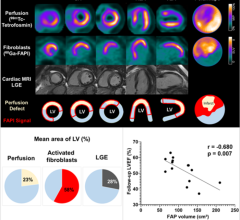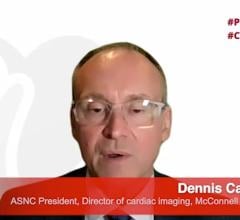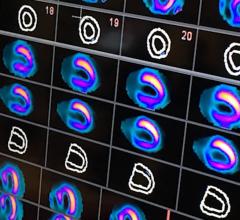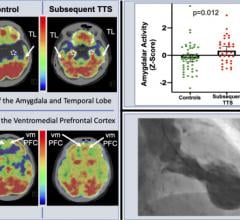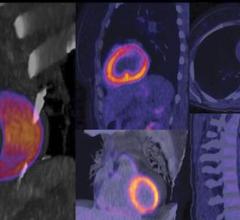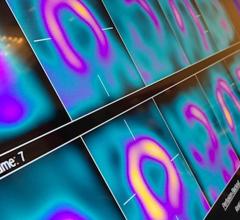September 7, 2022 — The American Society of Nuclear Cardiology (ASNC) and three partner societies have come together to ...
PET Imaging
Positron emission tomography (PET) is a nuclear imaging technology (also referred to as molecular imaging) that enables visualization of metabolic processes in the body. The basics of PET imaging is that the technique detects pairs of gamma rays emitted indirectly by a positron-emitting radionuclide (also called radiopharmaceuticals, radionuclides or radiotracer). The tracer is injected into a vein on a biologically active molecule, usually a sugar that is used for cellular energy. PET systems have sensitive detector panels to capture gamma ray emissions from inside the body and use software to plot to triangulate the source of the emissions, creating 3-D computed tomography images of the tracer concentrations within the body.
August 25, 2022 — The results of “A Phase 3, Open-label, Multicenter Study of Flurpiridaz (F18) Injection for Positron ...
August 12, 2022 — The results of “A Phase 3, Open-label, Multicenter Study of Flurpiridaz (F18) Injection for Positron ...
July 11, 2022 – The American Society of Nuclear Cardiology (ASNC) and the Society of Nuclear Medicine and Molecular ...
June 15, 2022 — Poor functional outcomes after a heart attack can be predicted with a new PET imaging agent, 68Ga-FAPI ...
American Society of Nuclear Cardiology (ASNC) President Dennis Calnon, M.D., MASNC, FASE, FSCCT, director of cardiac ...
American Society of Nuclear Cardiology (ASNC) President Dennis Calnon, M.D., MASNC, FASE, FSCCT, director of cardiac ...

October 6, 2021 – A new study published in Radiology: Cardiothoracic Imaging on cardiac imaging trends over a decade ...
July 13, 2021 — In a recent blog, the American Society of Nuclear Cardiology (ASNC) reported that Humana, one of the ...
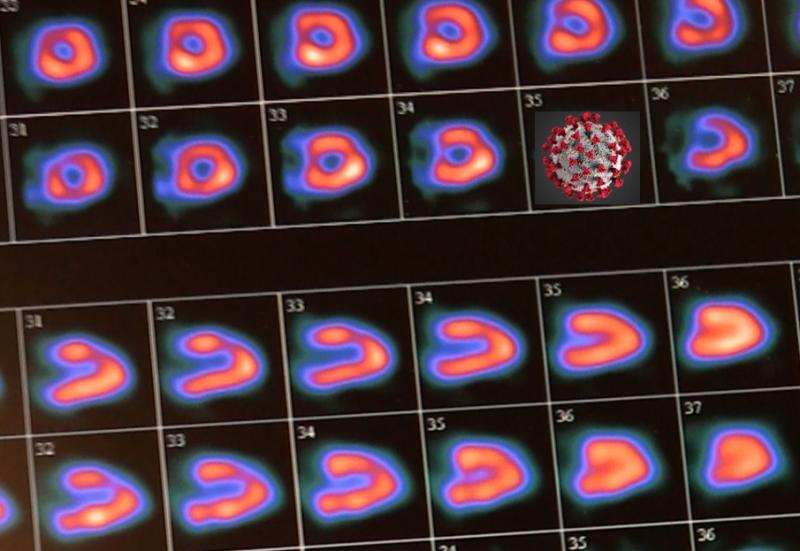
A year after COVID-19 turned the world upside down, the American Society of Nuclear Cardiology (ASNC) asked members how ...
April 1, 2021 – The ability to measure myocardial blood flow (MBF) as part of myocardial perfusion imaging (MPI) is one ...
March 31, 2021 — Heightened activity in the brain, caused by stressful events, is linked to the risk of developing a ...
Ernest Garcia, Ph.D., MASNC, FAHA, endowed professor in cardiac imaging, director of nuclear cardiology R&D laboratory ...
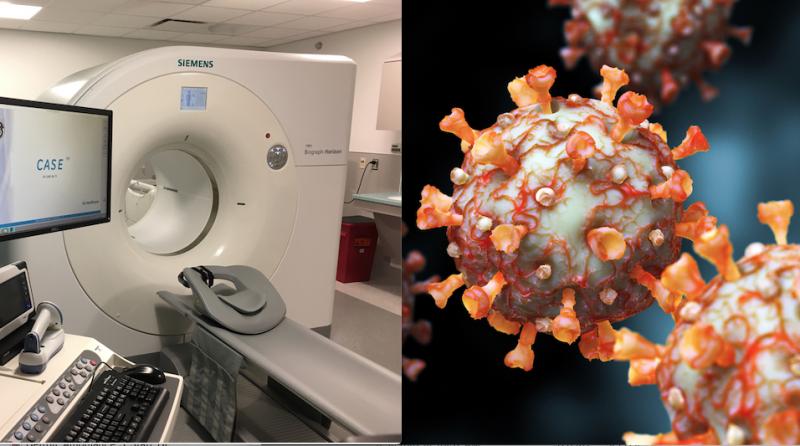
Cases of acute cardiovascular disease and cardiac complications caused by COVID-19 require cardiovascular imaging ...
Hicham Skali, M.D., a staff cardiologist and member of the Non-invasive Cardiovascular Imaging Program at Brigham and ...

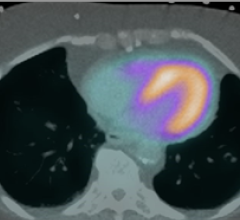
 September 07, 2022
September 07, 2022



